The Galaxy S9+ is an iterative update, and that's okay.
Samsung introduced a radical new design last year with the Galaxy S8 series, with the Infinity Display design language seeing a switch to the 18.5:9 form factor. Samsung also went all-in on its curved panels, and unlike the Galaxy S7, there wasn't a flat screen option available with the Galaxy S8.
With the Galaxy S9, Samsung is sticking to the same design aesthetic. The Galaxy S9+ that I'm reviewing today looks near-identical to last year's S8+, with the major change being the dual camera at the back. The S9+ is getting the secondary telephoto lens from the Galaxy Note 8, enabling 2x lossless zoom. Samsung also switched out the position of the fingerprint sensor to underneath the camera module, making it easier to access.
Then there's the pricing — the 64GB Galaxy S9+ is available in India for ₹64,900 ($1,000), or the same price point as the Galaxy S8+ last year. Samsung is also introducing a 256GB model for ₹72,900 ($1,120) for those looking for even more storage.
About this review
I (Harish Jonnalagadda) am writing this review after using the Galaxy S9+ (SM-G965F) for ten days in Hyderabad, India. The unit didn't pick up any updates over the review period, and was running baseband version G965FXXU1ARB1. I used the phone on Airtel and Jio's 4G networks.
Galaxy S9+ Design and display
From the front, the Galaxy S9+ is indistinguishable from last year's flagship, and that's not a bad thing at all. The S8+ led the field in terms of design, and that hasn't changed with the Galaxy S9+.
The way the screen curves away on each side to meet the mid-frame is particularly evocative, and there are few phones that manage to deliver such an immersive experience. The Galaxy S9+ is still one of the best-looking phones in the market.
Although the Galaxy S9+ shares the same battery size as its predecessor and the design hasn't changed all that much, the phone is 16g heavier. The added weight gives it a nice heft, and somehow makes it feel more substantial.
The headphone jack is becoming a rarity on flagships, but the Galaxy S9+ thankfully retains the jack, and it doesn't look like Samsung will abandon the analog connector anytime soon. The phone also comes with the same AKG earbuds as last year, and they're significantly better than the usual set of bundled earphones. That is, if your phone comes with a set of earbuds at all — Google doesn't include a pair with the Pixel 2 XL.
Round the back, Samsung finally settled on a more sensible location for the fingerprint sensor — it is now located underneath the dual imaging sensors. While it is a welcome move, it still isn't in the natural resting position of your index finger. That's a minor quibble, as the sensor itself is significantly easier to access without having to contort your hand.
Then there's the 6.2-inch QHD+ Super AMOLED display, which is the best you'll find on a phone today. Samsung's AMOLED panels are the best in the business, and with the Galaxy S9+ the company is touting increased brightness — to the tune of 15% over the S8+ — and more color saturation.
The result is that the display on the Galaxy S9+ is absolutely stunning: colors are saturated, viewing angles are great, and sunlight legibility is excellent. Samsung also offers a ton of customization options to tailor the display to your liking.
The Galaxy S9+ has an iterative design, but that's not a bad thing.
The default resolution is set to FHD+ (2220x1080), but you'll be able to change it to QHD+ (2960x1440) from the settings. You can also change the default font, change the size of the font, and use display scaling to tailor the interface elements to your preferences. With the navigation keys now located on the screen, you can change the position of the back and recents buttons as well.
The color balance is set to Adaptive display out of the box, and you can tweak the settings to make the colors cooler or warmer. There's also the option to change the screen mode to AMOLED cinema or AMOLED photo. You also get a Video Enhancer setting that boosts the colors and brightness when viewing videos on the default video player and any video streaming services you have installed on the device.
Talking about viewing multimedia, the Galaxy S9+ comes with stereo speakers up front, with the second speaker tucked into the earpiece. The overall sound isn't significantly louder than the Galaxy S8+, but the soundstage is wider as there are two speakers, and it makes watching videos that much more enjoyable.
Galaxy S9+ Hardware
The Galaxy S9+ comes with Samsung's latest Exynos 9810 chipset. The performance is identical to Qualcomm's Snapdragon 845, but you do get marginally better battery life with Samsung's own platform.
Both chipsets are built on Samsung Foundry's 10nm node, but what's particularly impressive is just how quickly Samsung was able to develop its own Mongoose CPU core. The core is now in this third version, and the 9810 fields four Mongoose M3 cores alongside four Cortex A55 cores.
The thid-gen M3 core is 2x faster at single-core performance over its predecessor.
The M3 cores go up to 2.9GHz and do the heavy lifting, whereas the 1.9GHz Cortex A55 cores are used for energy-efficient tasks. Samsung is claiming a two-fold increase in single-core performance over second-generation M2 cores, and a 40% uptick in multi-core performance.
The Exynos 9810 also comes with a Mali G72 MP18 GPU — built on ARM's second-generation Bifrost architecture — clocked at 572MHz, with Samsung touting a 20% performance increase over its predecessor. The Galaxy S9+ puts that power to good use, and you're not going to see any slowdowns in day-to-day usage.
As you'd imagine, the Galaxy S9+ has the latest hardware elsewhere — you get 6GB of LPDDR4X RAM as standard, and the device is available with either 64GB or 256GB of internal storage. Both variants get UFS 2.1 flash storage modules, but if you're opting for the higher storage model, know that it's available only in Midnight Black. The Coral Blue and Lilac Purple color hues look stunning, and the blue model in particular stands out in a sea of black phones.
Then there are the extra features in the form of IP68 dust and water resistance, and a microSD slot that can accommodate cards up to 400GB in size.
Carrier aggregation
The Galaxy S9+ has a Category 18 LTE modem that enables a maximum download speed of 1.2Gbps and 200Mbps upload. It achieves this by a method called carrier aggregation — where multiple channels are aggregated to increase the bandwidth. By doing so, you should see vastly higher download speeds on cellular connections.
Carrier aggregation isn't a new technology. For instance, Airtel rolled out carrier aggregation last year in a few regions — including Kerala and Bangalore — where it combined frequencies in the TD LTE and FD LTE spectrums (2300MHz and 1800MHz) to enable data speeds up to 135Mbps. Similarly, Jio offers carrier aggregation in a few markets, with speeds in excess of 100Mbps.
Whether you'll actually see those speeds is contingent on several factors, including the congestion at the cell tower and your proximity to it. But if you see a 4G+ (or LTE+) indicator on the status bar, your device is leveraging carrier aggregation.
Airtel and Jio have been offering carrier aggregation for some time now.
Coming back to the Galaxy S9+, Samsung is stating that it partnered with Airtel and Jio to enable speeds up to 250Mbps on the device. That's significantly faster than the speeds I normally see on either carrier, and for the most part, I haven't been able to cross 50Mbps in my testing. If anything, Airtel's cellular performance has degraded to such an extent in Hyderabad that I don't even get over 10Mbps at most locations.
Jio is considerably better, delivering around 40Mbps on average throughout the city, but don't hold out for speeds in excess of 200Mbps. The arrival of Jio has catalyzed India's 4G segment — with the carrier now claiming hte title of the world's largest data network, and cellular usage is set to grow exponentially as millions of Indians make their way online for the first time.
Although the Galaxy S9+ has an LTE modem with 6CA, it's likely you'll won't cross 100Mbps on Airtel or Jio, at least for the time being.
Intelligent Scan
The Galaxy S9+ introduces a new biometric authentication system called Intelligent Scan. The feature uses a combination of iris scanning and facial recognition to authenticate, and it works better than either of those of two systems on their own.
Iris scanning is secure and you can use the authentication method with Samsung Pay, but it isn't as fast as using the fingerprint scanner. On the other hand, facial recognition is quick, but it isn't as secure. Intelligent Scan strikes a decent balance — it is fast, and works in low-light conditions as well.
While the feature works reliably enough that it obviates the need for a fingerprint sensor, there's a drawback. It isn't as secure as using your fingerprint, and it doesn't work with Samsung Pay. So instead of a replacement, it is designed to complement the fingerprint sensor at the back.
Battery life
Like previous Samsung flagships, the Galaxy S9+ comes with wireless charging, and it works with both Qi and PMI standards. The one downside is that wired fast charging speeds are still limited to Quick Charge 2.0, so it isn't as fast as something like Dash Charge or Motorola's TurboPower.
That makes a difference, as the 3500mAh battery on the Galaxy S9+ doesn't really manage to deliver a day's worth of usage. You can get it to last a day on medium use, but if you're using a lot of cellular data or consuming a lot of multimedia content, it won't last a day.
In fact, I got much better battery life from the Moto Z2 Force, which has a paltry 2750mAh battery. In similar usage scenarios, the Z2 Force laster significantly longer, and I got more screen-on-time.
With the Galaxy S9+, I averaged around four hours of screen-on-time spread over the course of 14 hours. More often than not, I saw the battery level plunge to 10% before 10 p.m. You do get a battery saver mode that reduces the screen brightness and kills background services, and you can even tailor the options if you're looking to eke out the most battery life out of the device.
You can set battery saver to kick in at a certain threshold, and select from various modes. Max, for instance, throttles the chipset, kills background network usage, and switches the screen resolution to HD+.
Overall though, the Galaxy S9+ doesn't measure up to the likes of the Pixel 2 XL and other flagships when it comes to battery longevity.
Galaxy S9+ Software
Like the hardware front, not a whole lot has changed on the software side of things from last year. Thankfully, the Galaxy S9+ comes with Android 8.0 Oreo out of the box with Samsung Experience 9.0 on top, and anything less than that would've been a massive letdown.
For the most part, the user interface is unchanged from Nougat. One addition with Oreo is the systemwide autofill API, which makes it a breeze to log into apps. Like years past, Samsung has filled the Galaxy S9+ with a smorgasbord of features — honestly, there are so many customization options that you'll need to spend an entire afternoon setting up the phone.
With the Galaxy S9+, Samsung is promoting AR Emoji — the manufacturer's take on Animoji. Essentially, you'll be able to create an avatar of yourself, and it animates in real-time to correspond with your facial movements. I'm sure there's a segment for a feature like that, considering selfie phones are all the rage nowadays, but I haven't gotten a lot of utility out of AR Emoji.
If you've used a Samsung phone in 2017, you'll feel right at home on the Galaxy S9+.
There is little in the way of character customizability, and more often than not, the avatar that is created doesn't resemble you at all. The one thing AR Emoji does have in its favor is ease of use — it doesn't take long to get started with the service, and you can export your creations and share them on most messaging platforms without having to jump through hoops.
Samsung will undoubtedly add more features to AR Emoji over the coming months, but in its current state, there's not a whole lot to get excited about.
Talking about gimmicks, Bixby Voice went live in India at the end of last year, and it works fine for the most part. But most of the functionality you get with Bixby is already present on the Google Assistant, so you don't really need to use the service. Samsung is late to the virtual assistant game, and it just doesn't have the troves of data that Google and Amazon have amassed over the years.
What's particularly irksome about Bixby is that it gets a dedicated hardware button on the left. Sure, you can disable the service entirely, but there's no way to configure another action for the button.
Samsung Pay
Samsung Pay is one of the features I like the most about Samsung phones. It's particularly great that it is heading to budget devices as well.
The service has picked up a lot of useful features since its debut last year. It now fully supports UPI — eliminating the need for a standalone service like Tez, and Samsung added support for more banks, so there's a good chance that the card you have in your wallet works with Samsung Pay. You can also link your Paytm and MobiKwik wallets with the service.
Currently, Samsung Pay is the only mobile payments service in India. ~~Android~~ Google Pay is yet to make its debut in the country, as is Apple Pay. Being the first to a market has its inherent advantages, particularly when you consider that Samsung has localized Samsung Pay for the Indian market. But in and of itself, the payments service is better than the likes of Google Pay as it works with both NFC and Magnetic Secure Transmission.
Samsung Pay works everywhere, and also lets you pay your bills.
MST essentially mimics a credit card stripe, allowing Samsung Pay to work on older card readers that don't have NFC. It is this feature that makes it stand out, as you can use Samsung Pay at any retail store. I've been using the service for over a year now, and it continues to work flawlessly for making offline purchases.
In addition to being convenient, Samsung Pay is also more secure as it obfuscates your actual card details. It instead creates a virtual card — which is used for transacting at offline stores. The service recently picked up the ability to make bill payments, so you can pay your mobile, gas, water, broadband, as well as DTH bills from within Samsung Pay itself.
Samsung is also set to kick off its loyalty program — Samsung Rewards — in India. The service hasn't gone live yet, so there's not a whole lot of information available, but it should be in line with what's offered in the U.S. For now, Samsung says that you'll be able to redeem the reward points for movie tickets, food and beverage vouchers at various stores, and to get discounts on Samsung's products.
We should know more about Samsung Rewards in India in the coming months, but if you haven't used Samsung Pay yet, there are plenty of promotions within the app that incentivize you to get started.
Galaxy S9+ Camera
The camera is the one area where the Galaxy S9+ has received a considerable upgrade from last year. Samsung is introducing a camera module with variable aperture for the first time on a phone, with the lens able to go from f/1.25 to f/2.4. There's also a new super slo-mo feature that shoots at 960fps, and it's a lot of fun when done right.
The camera on the Galaxy S9+ is a beast.
First up, the camera sensor at the back. The Galaxy S9+ gets two sensors this time around, whereas the standard Galaxy S9 features a solitary camera at the back. The secondary sensor is the same as the one we've seen on the Galaxy Note 8 last year — it is a telephoto lens that lets you zoom in up to 2x without any noticeable loss in image quality.
Samsung also changed the interface of its camera app, with the various modes now selectable by swiping left or right anywhere on the screen. You get a set of new options for AR Emoji and the slow-motion video mode.
Overall, the Galaxy S9+ produces images with amazing detail and dynamic range, both in daylight and low-light shooting scenarios. It's a breeze to get consistently great shots with the S9+ — which is the hallmark of a great camera.
Galaxy S9+ Bottom line
The Galaxy S9+ is an evolutionary model that carries over the same design as the S8+ but with a few key tweaks for 2018. The camera is the major new addition, and it finally holds its own next to the Pixel 2 XL. The display, meanwhile, is the best you can get on a phone, and there's no lack of features thanks to wireless charging, IP68 certification, microSD slot, and the 3.5mm jack.
Samsung is cognizant of the Indian market — having been in the country for over 20 years — so it is aware that there are tens of millions of Galaxy S6/S7/Note 5 customers that are looking to upgrade to a new flagship this year. The Galaxy S9+ is aimed at those users — if you already have an S8 or S8+, it makes little sense to pick up the Galaxy S9+. The design is identical, and while the camera is better from last year, that alone doesn't justify upgrading to the Galaxy S9+.
But if you're using a Galaxy S7 or older, or are looking to make the switch from an iPhone, then you'll love what the Galaxy S9+ has to offer. The display is nothing short of incredible — after using a Pixel 2 XL for several months, it's a refreshing change to use a screen with vibrant colors.
Should you buy it? Of course
The Galaxy S9+ is available for ₹64,900 ($1,000), and you can get a ₹6,000 ($90) cashback if you're buying the phone from Patym Mall. HDFC bank credit and debit card holders can also avail a ₹6,000 cashback on the device, bringing the effective cost down to ₹58,900. If you're a "loyal" Galaxy user, you'll be eligible to receive an additional ₹6,000 over and above the exchange value of your phone when trading up to the Galaxy S9+. That's decent value considering the sheer amount of features you get with the Galaxy S9+.
Furthermore, there aren't many contenders to the Galaxy S9+ in India. The Pixel 2 XL is now available for roughly the same price, and while the software experience is leagues better, that OLED panel shouldn't have ever made its way onto a phone, much less a flagship. The Pixel 2 XL also has a great camera, but the Galaxy S9+ isn't far behind on that front, and it comes with a 3.5mm jack, a significantly better AMOLED panel, and a more premium design.
If you're considering alternatives from the other side of the aisle, there aren't any. The iPhone 8 Plus loos and feels severely outdated thanks to its chunky bezels, and the iPhone X is astronomically priced in India.
In fact, the phone picked up two price hikes over the course of the last three months, which means it is more expensive to pick up an iPhone X than it was when it launched in India. The 64GB iPhone X now costs ₹95,390 ($1,470), which is ₹30,490 ($470) more than what the Galaxy S9+ retails for in India.
If you're in the market for a flagship that doesn't miss out on any features while offering a premium design and an incredible camera, you can't go wrong with the Galaxy S9+.
from Android Central - Android Forums, News, Reviews, Help and Android Wallpapers http://ift.tt/2FZYv24
via IFTTT
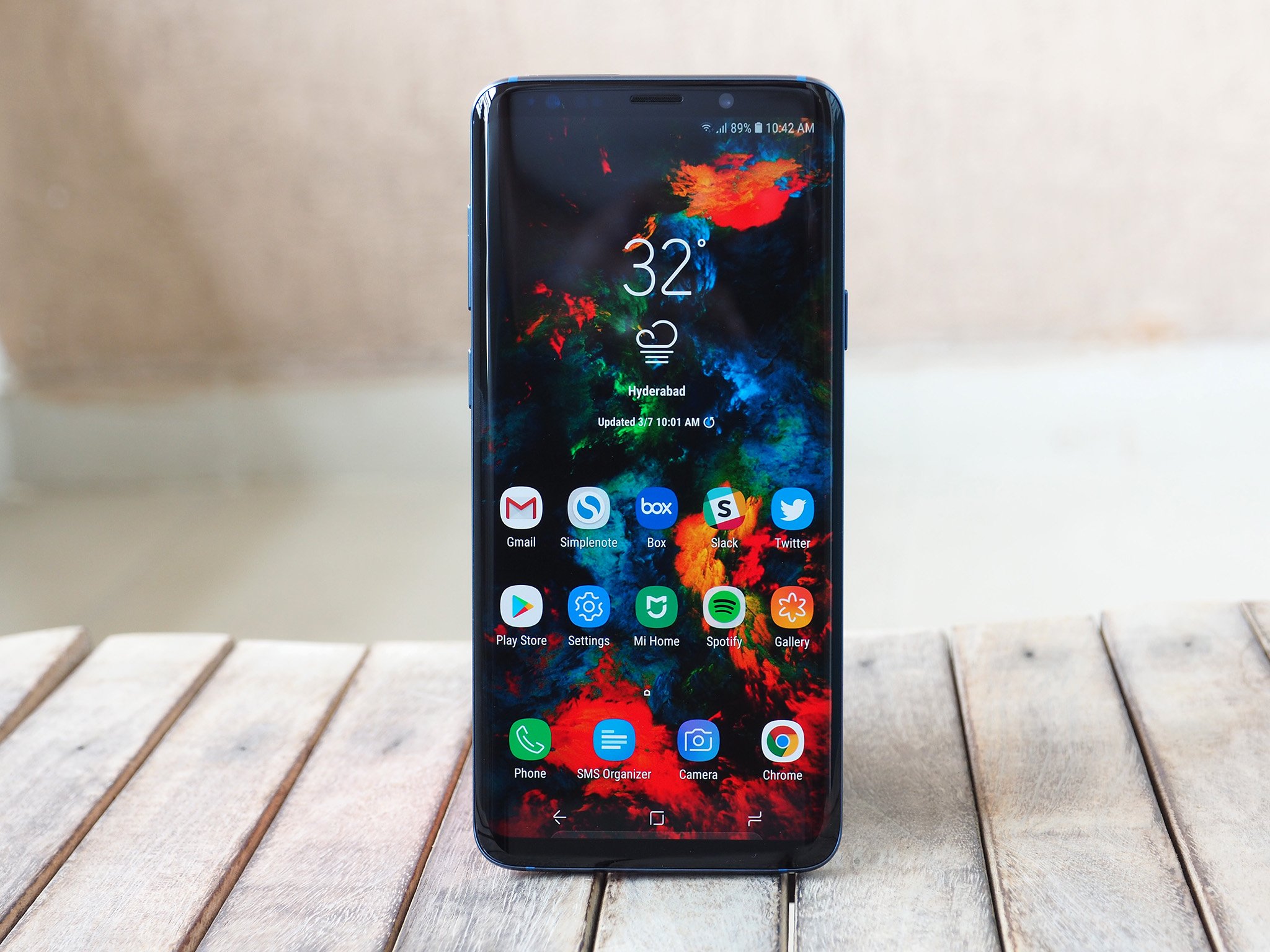
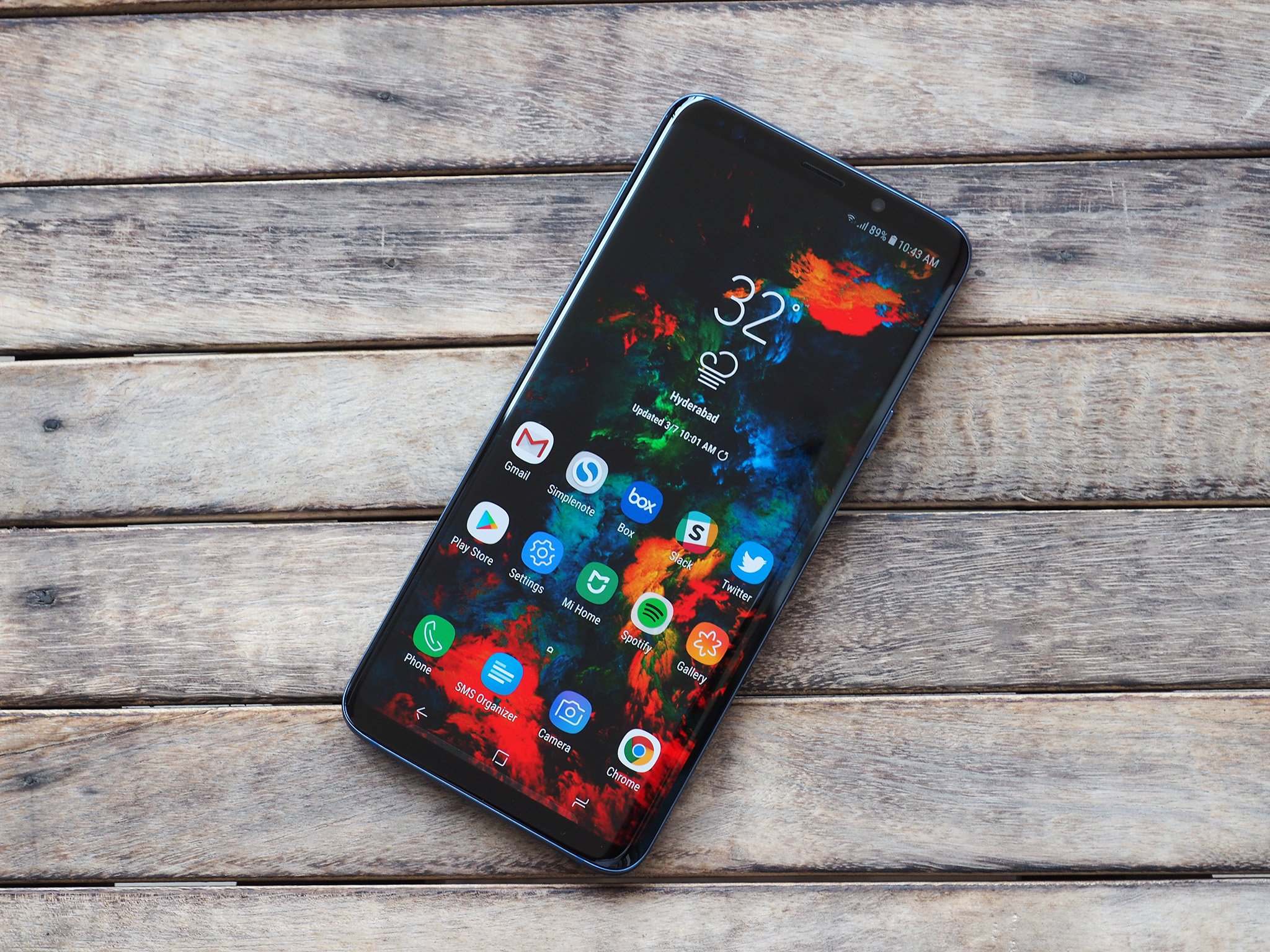

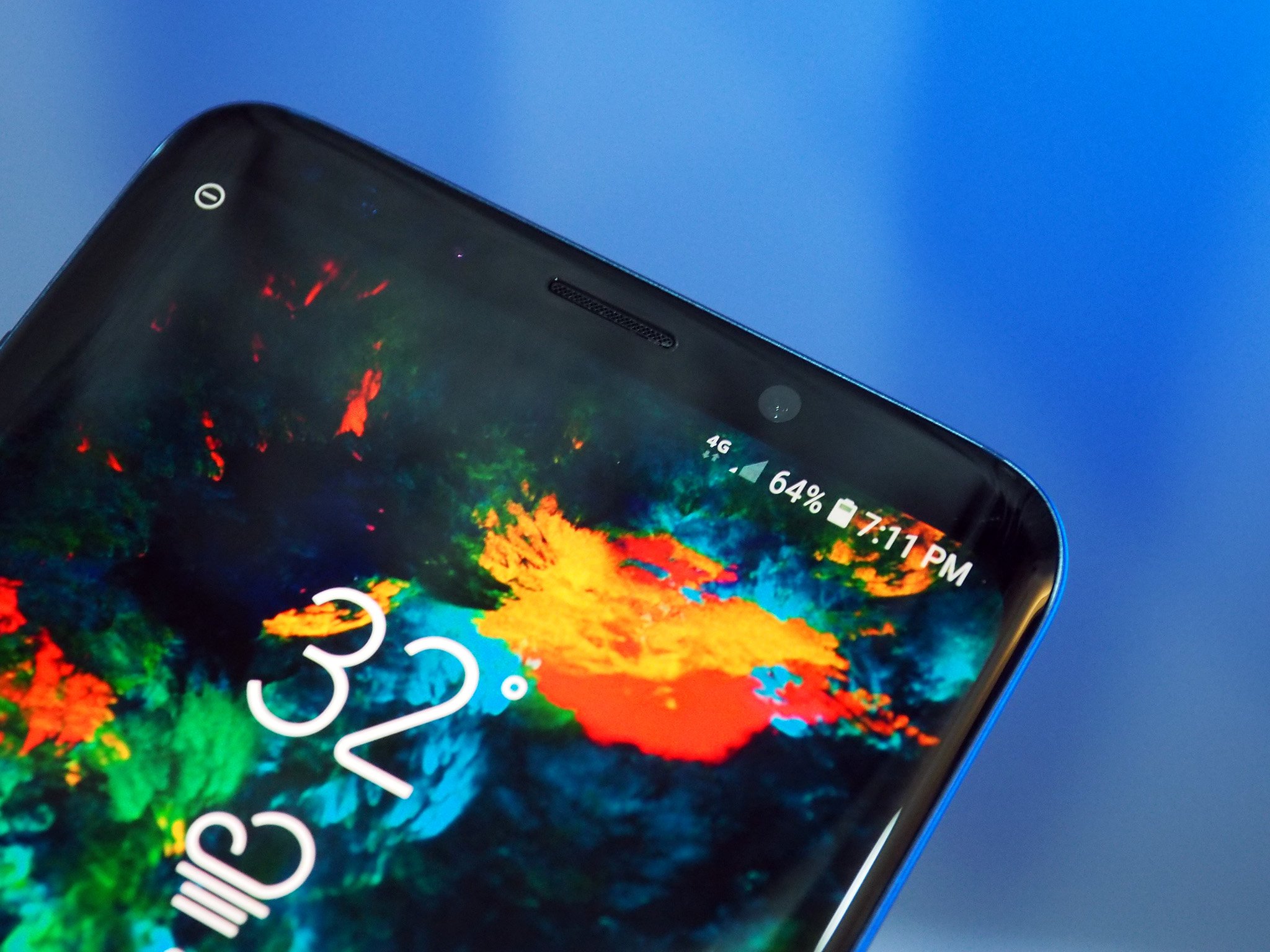
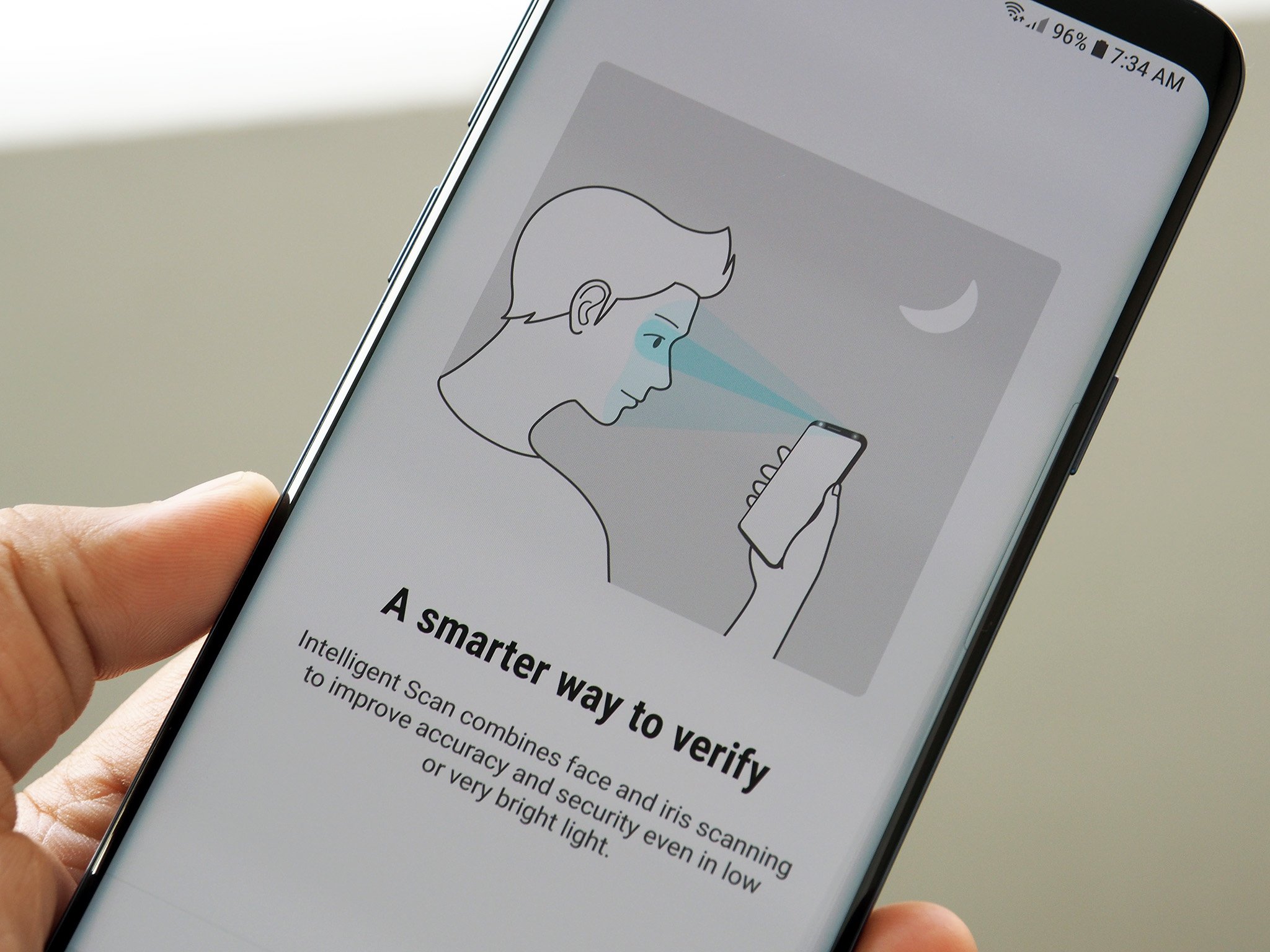


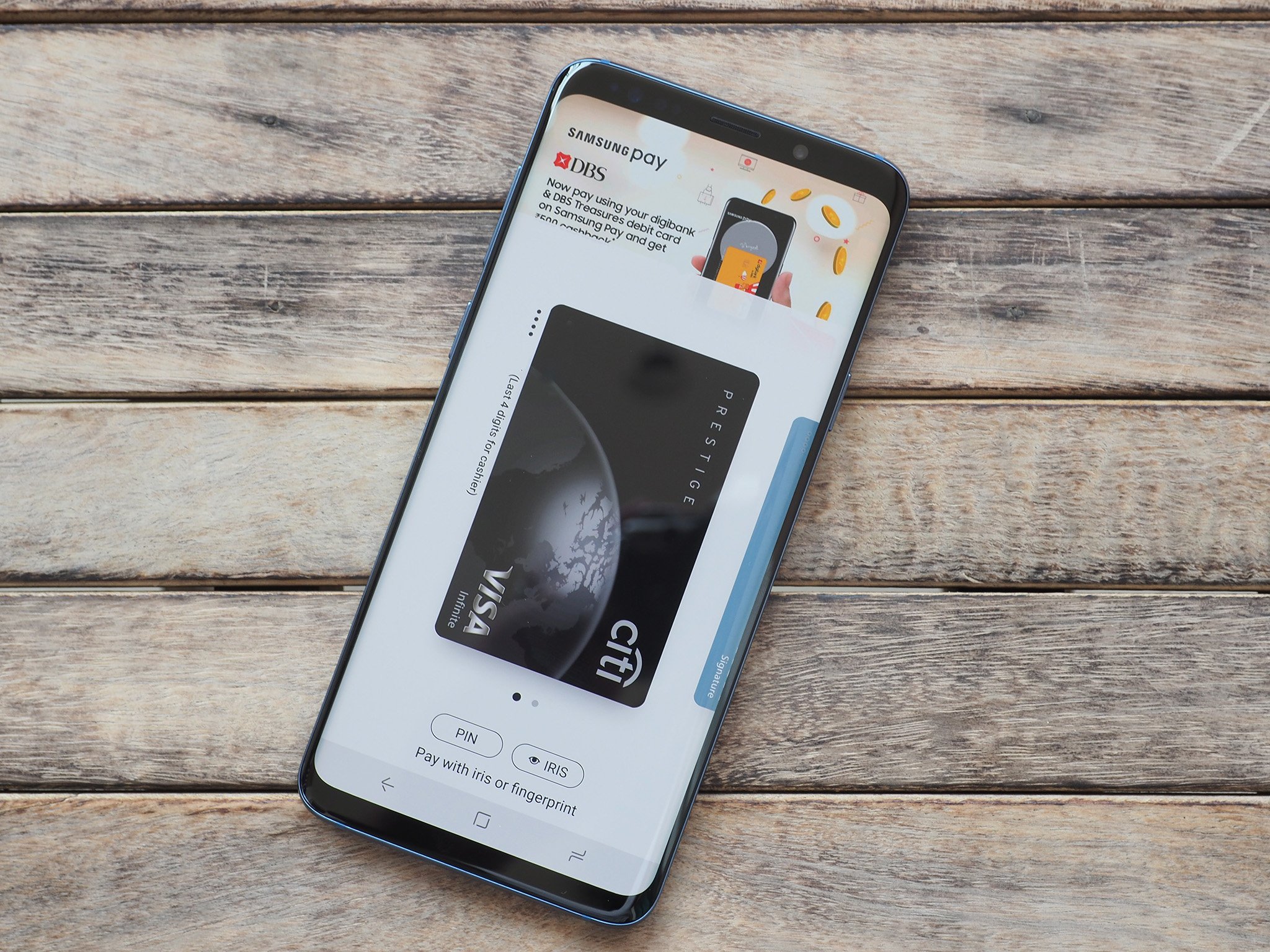




















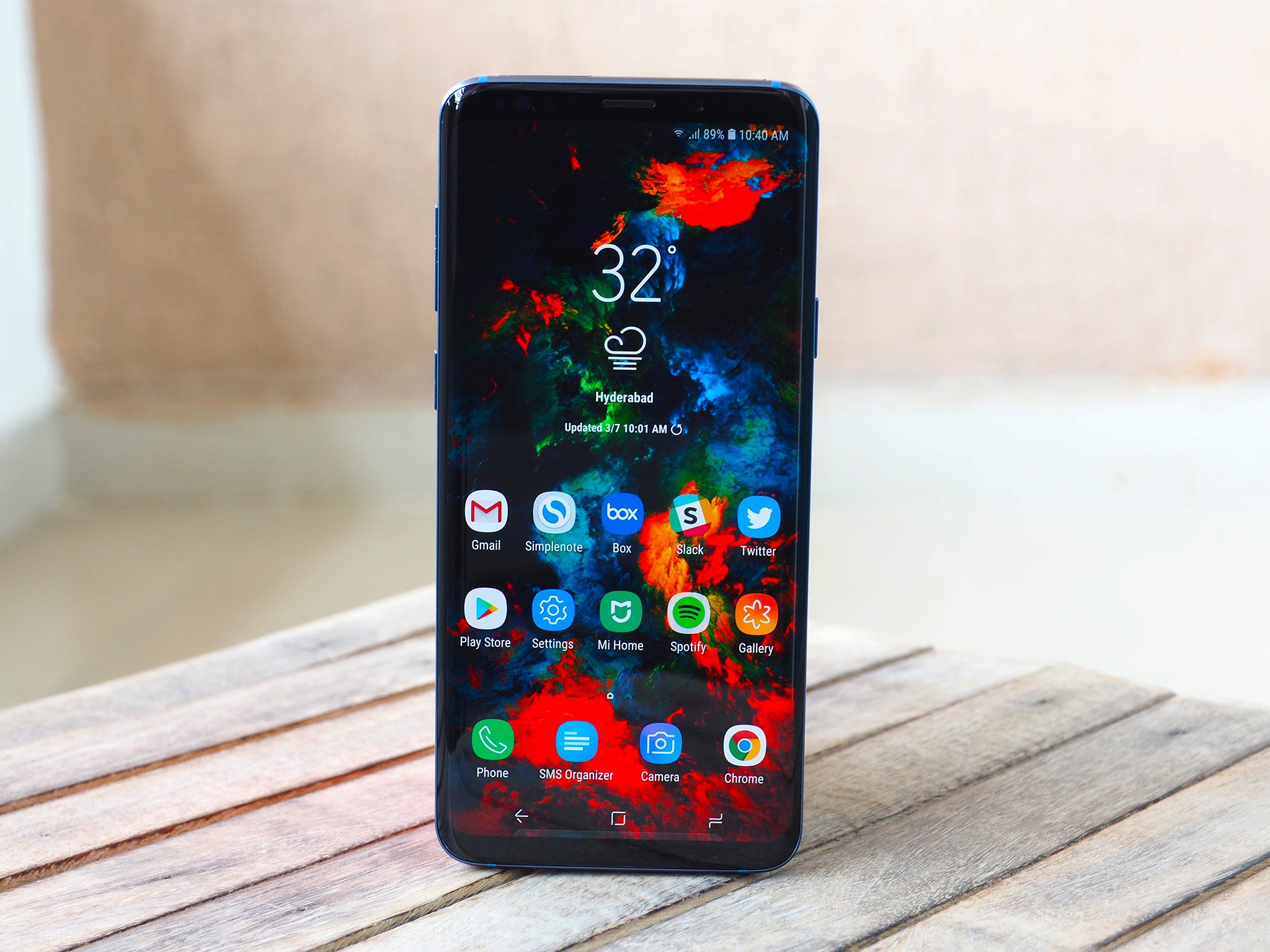
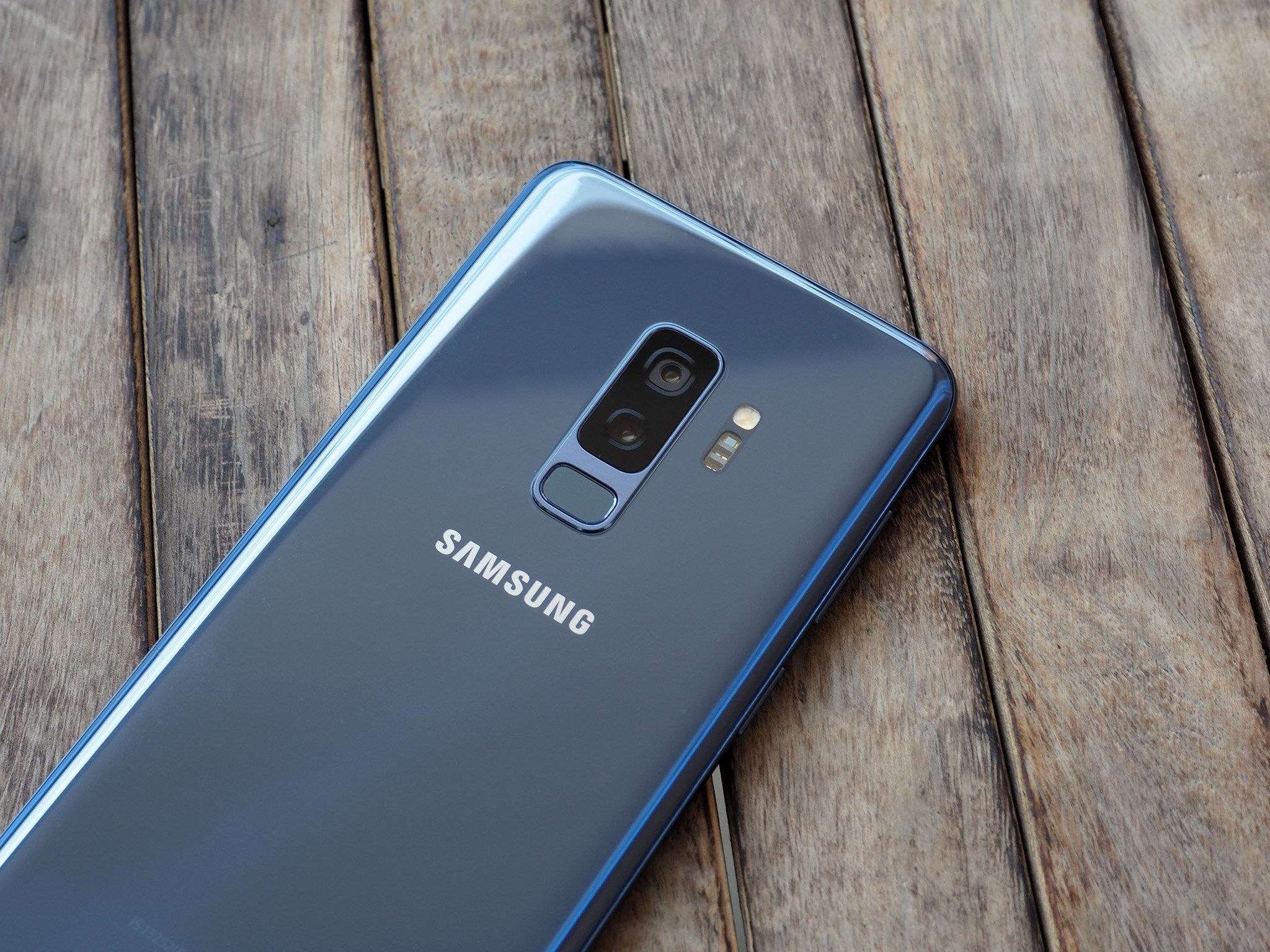
No comments:
Post a Comment